The quality of new energy vehicle components varies considerably, so how can one avoid falling into the trap of purchasing substandard parts? The explosive growth of the new energy vehicle market has made the components industry a battleground for capital and technology. Yet behind this rapid expansion, quality concerns are gradually surfacing.
The quality risks in new energy vehicle components fundamentally stem from industry standardisation lagging behind market expansion. Unlike traditional fuel vehicle parts, which benefit from decades of technical refinement, new energy components involve emerging fields such as battery management and high-voltage electrical systems. Certain standards remain either absent or ambiguous. Key metrics like charging port high-temperature resistance and thermal runaway protection levels for battery modules show significant discrepancies in testing standards across manufacturers.
To circumvent quality pitfalls, a dual-pronged approach of ‘source control’ and ‘process verification’ is essential. At the source level, prioritise components bearing mandatory national certification. While not foolproof, such certification at least verifies compliance with fundamental safety requirements.
High-voltage wiring harnesses must pass voltage endurance and insulation resistance tests, while smart sensors require electromagnetic compatibility certification – prerequisites for stable operation in complex electrical environments. Pay attention to the technical background and R&D investment of component manufacturers. Prioritise suppliers with long-term collaboration experience with OEMs, as their products often undergo more rigorous real-vehicle validation.
After replacing components, consumers should conduct functional testing using professional equipment or services. Following battery module replacement, verify whether its charge/discharge efficiency and thermal management capabilities match the original equipment. After replacing intelligent driving cameras, validate whether their image recognition accuracy and response latency meet standards.
Service providers must establish a parts quality traceability system, documenting each batch’s procurement source, installed vehicles, and usage feedback. Should quality issues arise, this enables rapid identification of affected batches for recall, preventing cascading failures where ‘one faulty screw compromises the entire system’.
With the quality of new energy vehicle parts being inconsistent, how can one avoid falling into the trap of ‘hitting a landmine’? The quality dilemma of new energy vehicle parts fundamentally lies in balancing the pace of technological iteration with safety standards. The key to avoiding pitfalls is to avoid being tempted by low prices, refrain from blindly pursuing novelty, and instead select parts that are certified, verified, and traceable.



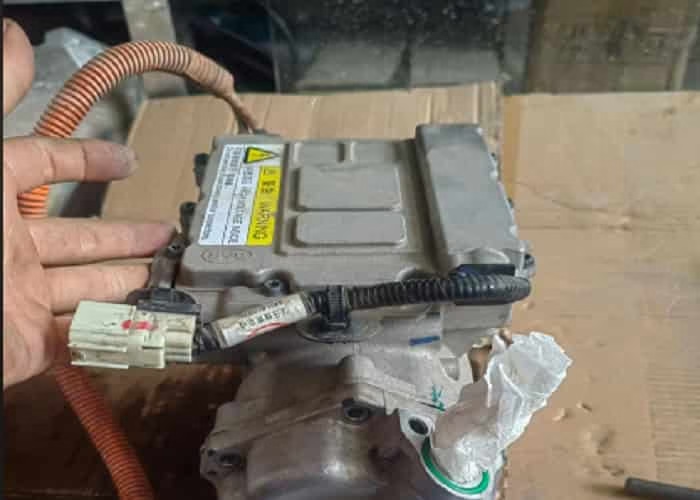
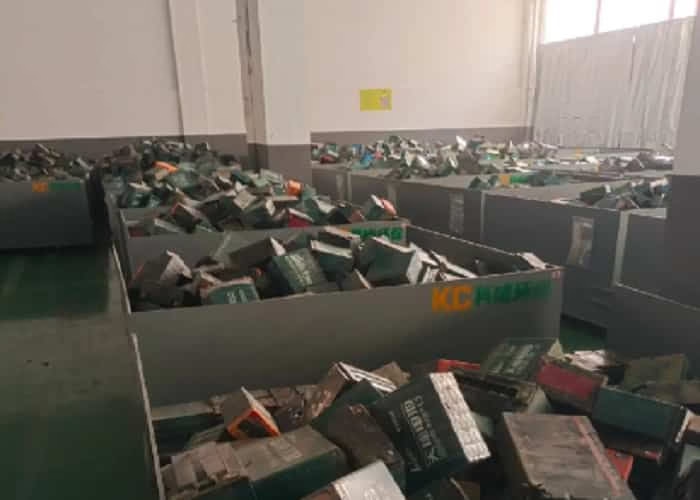
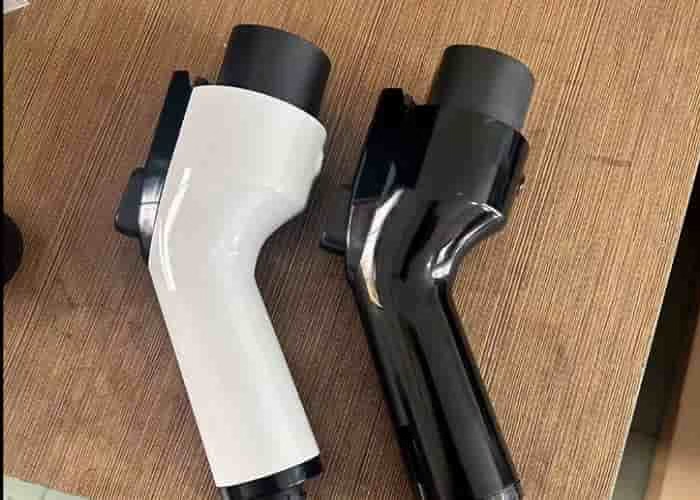
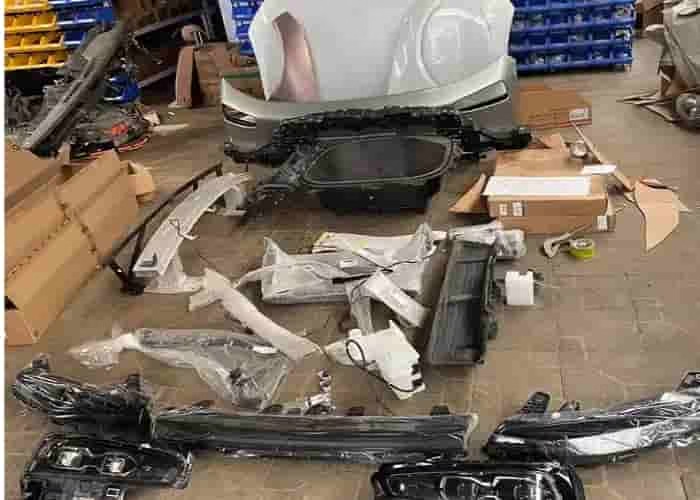
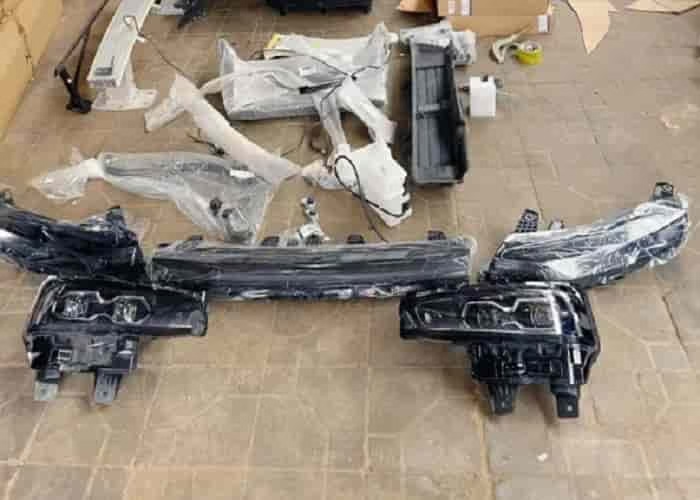
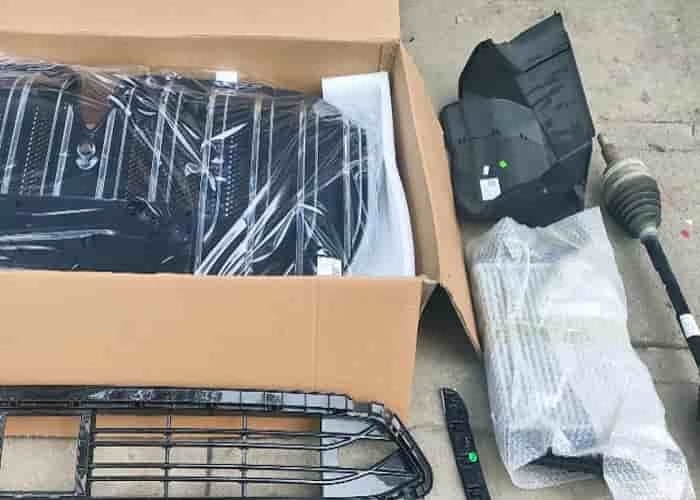

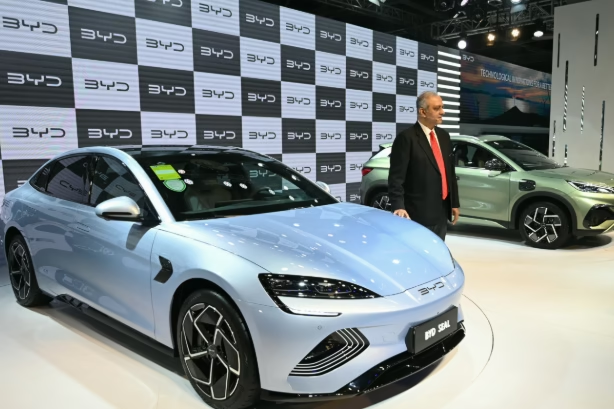
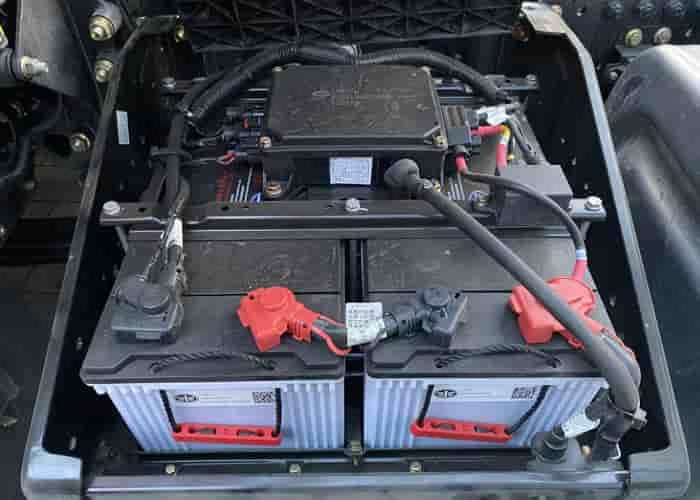

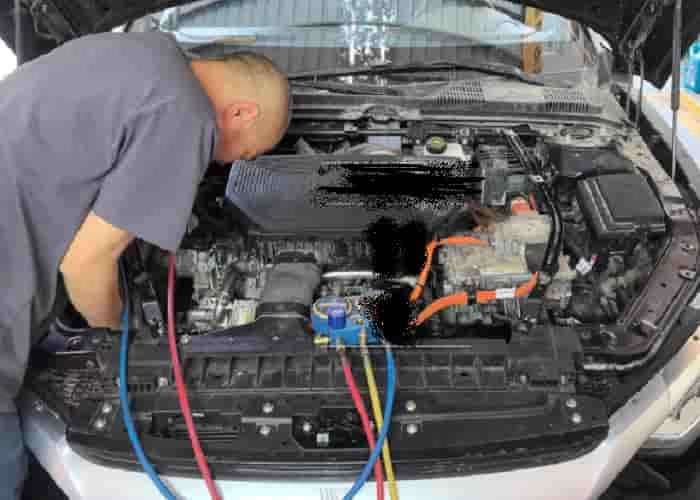
Leave a Reply